|
In my training as a psychologist, I was taught not to ask ‘why’. The reason I was given was that the question could be perceived as judgemental, and when a person feels judged, they may close off or become disingenuous.
Despite my training, I often ask the question, not because I am judging someone, but because I want to know the casual link they have made in their minds between two events. The way that we assign cause is important in understanding how we will spend our problem-solving resources. There is rarely a definitive right or wrong with what causes something. Cause is a highly abstract and culturally variable relation. Consider this scenario: A child drops the ceramic bowl she is holding, and it shatters on the floor. What caused the bowl to shatter? The obvious answer is the child dropping the bowl. It is a visible link. But let’s dive deeper. What cause the child to drop the bowl? Was it fatigue? Inattention? Defiance? The weight of the bowl might have been too heavy? Any of these can go towards explaining why the bowl shattered. Some might consider the relationships around the child. Was there someone watching the child? Did she need guidance? Did someone draw the child’s attention away from the task? Furthermore, we can even consider the properties of the bowl. Had it been plastic instead of ceramic, then it would not have shattered; the bowl being ceramic was also a cause for it shattering. If we get philosophical about this, there’s no end to the rabbit hole of causes. What guides our behaviour is the cause that we assign to the event. If we think the child dropped the bowl, then we will try to rectify the child. If we believe that the child should have been under supervision, then we will try to rectify the supervisor. If we see ceramic bowls as being liable to break around children, we may change the bowls children have access to. Frustration and hopelessness can develop if we rigidly assign causes, and then fight for the causes we have assigned. The most effective interventions are ones that consider multiple causes without attaching to any single cause. This approach allows for fluidity in problem solving; if one method doesn’t work, then we can move on to the next approach. In every day life, we can be more aware and flexible in the causes we assign by simply brainstorming possible reasons or causes for why things occur. The goal of this is not to avoid dealing with issues that arise, but to engage in the ‘why’ without being trapped by it.
0 Comments
The logical and rational understanding of a problem is not enough in itself to bring about change. This is because our brains are very good at understanding that things can be done without necessarily knowing how to do them.
I know that cars can be built. But can I build a car? Definitely not. Do I beat myself up about it? Not really. I don’t expect myself to be able to build a car because I’ve never learnt how to. I’m not even sure ‘build’ is the right word to use to describe the activity. However, we like to think we know more about ourselves than about building cars (or at least I like to), but that’s not always the case. Our behaviours are under the ‘contingency control of numerous external and internal stimuli’. This means that whether we are conscious of the control or not, there is an ever-flowing river of stuff that shapes our behaviours. This stuff includes the basics, like nutrition and energy level, our basic needs, and our natural preference for some things over others. It also involves complex stuff like our prior learning histories, our assignment of attentional resources, and our education. It includes things like where we are, the society we live in, the people that we are with, and maybe even what’s happening with the weather. The list of ‘stuff’ is endless. So if a problematic behaviour has occurred, it’s occurred for a reason. If it continues to occur, it’s being maintained by something. To say ‘just stop’ is an oversimplification of a very complicated system. If it was as easy as ‘just stopping’, the problematic behaviour would have already ceased. Forever. The ones that stay around are the ones we haven’t had enough experience in dealing with yet. Anyway, the issue is not about ‘just stopping’ a problematic behaviour, but to learn other things to do, and the only way to learn something is to try it out. Gathering some information can help you determine what strategies to try. There are a lot of books that can tell you what to do, but unless you have a go, you won’t know if their strategies work for you. If it doesn’t work, that’s ok, try something else. No strategy works 100% of the time; the most effective problem solvers have many strategies in their toolkit. Knowing this, the next time you or someone you know is having difficulty with changing problematic behaviour, rather than have the ‘just do it’ stance, consider changing your mind frame to ‘try something else’. Compassion, when applied to the self, has always been a concept that’s made me squirm slightly. It feels like a soft, weak, self-absorbed thing. My biases aside, self-compassion is a concept that has been gaining some popularity and utility in psychotherapy. The reason for this is that we actually need to have some sort of stable base of support within ourselves in order to be flexible and resilient in the face of stressors.
Self-compassion is sometimes misunderstood as self-pity, and I think my discomfort lies in the confusion of these terms in myself. Self-compassion is the kind and generous acceptance of whatever’s going on inside you. It is to bear companion and witness to pain and joy equally. It is not possible to always be self-compassionate, but the more we are able to hold this stance, particularly in the face of adversity, the more we are able to pass through intact. If self-compassion had a voice in the midst of difficulty, it might say something simple like, “Here I stand in the turbulence of this moment.” Self-pity on the other hand, is fusion with or absorption in the undesirable aspects of our situation. It is an over focus and over emphasis on the self, without awareness of the wider context of our experiences and the world around us. If self-pity had a voice, it might say, “Here I am alone and discarded.” While both statements may be true in their own ways, self-compassion tends to have more functional utility. In other words, it is more helpful. We can know whether we are being self-compassionate by noticing the words we use with ourselves and others. How do we describe a situation to our friends? How do we talk to ourselves? If our feelings had a voice, what would they say? From there, we start to build an understanding of how helpful we are to ourselves. Everyone feels emotions, but the concept is hard to define. An emotion is a combination of our bodily state (e.g. hunger, tiredness, alertness) and sensations in our bodies (e.g. hot, tingly, numb) in response to something which has occurred. This ‘something’ can be an external event such as seeing a friend unexpectedly, or an internal event such as thinking about a friend you have not seen in a while. Essentially, emotions are reactions of sorts.
We apply labels to emotional responses. We can also derive motivation from emotions. For example, if seeing a friend is exciting, we might make plans to see them again. People who are aware and able to label emotions in themselves and others correctly, and use this to discern a course of appropriate action, are said to have emotional intelligence. Having ‘emotional intelligence’ can be difficult because some emotions are shaped to be more appealing than others. For example, we are trained from an early age to prefer happiness over sadness by being told not to cry and being told to smile in photographs. Depending on how we are trained, we develop different levels of acceptance and tolerance for emotions across situations. Some people can not stand being sad. However, if we accept some emotions but not others, we can label emotions incorrectly and misunderstand our own motivations. Ever heard someone shout ‘I’m not angry!’? Sometimes, in denying or trying to get rid of an emotion quickly, we can toss the baby out with the bathwater – we can overlook valuable information about ourselves and our situation that we need in order to make an informed decision. Just as we have learnt to be unaccepting of some emotions, we can also learn to be more attune and accepting of them. There are many different ways to do this. Here are some possible steps forward:
|
Archives
April 2021
CategoriesSocial Media |
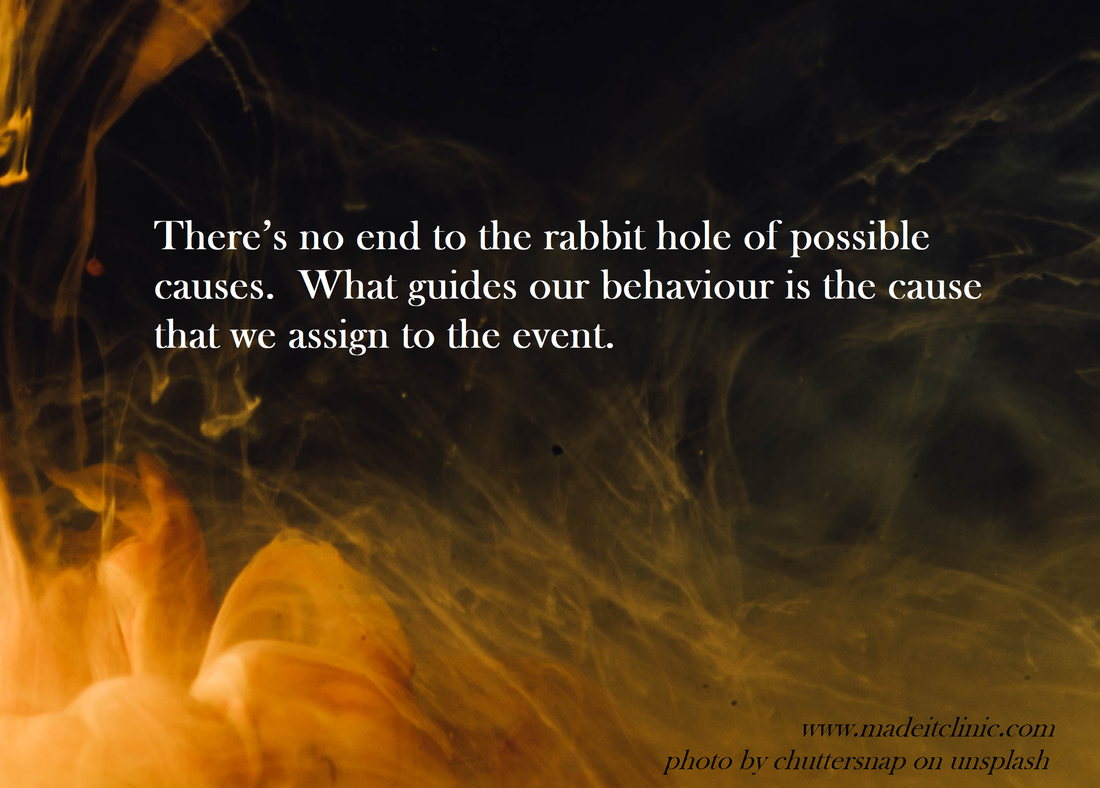
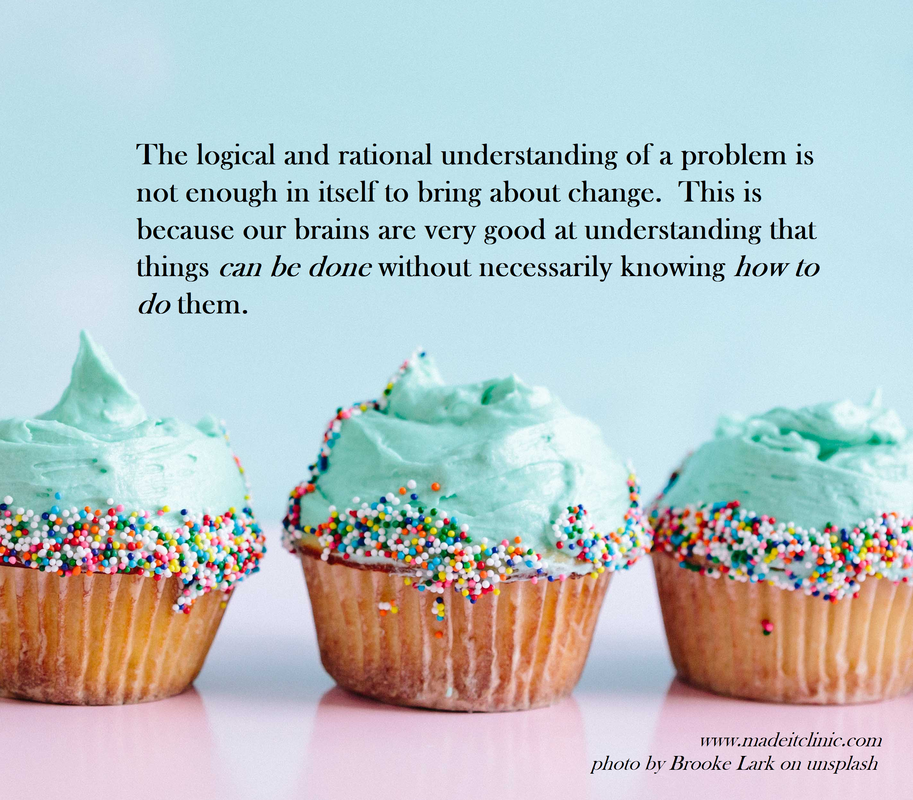
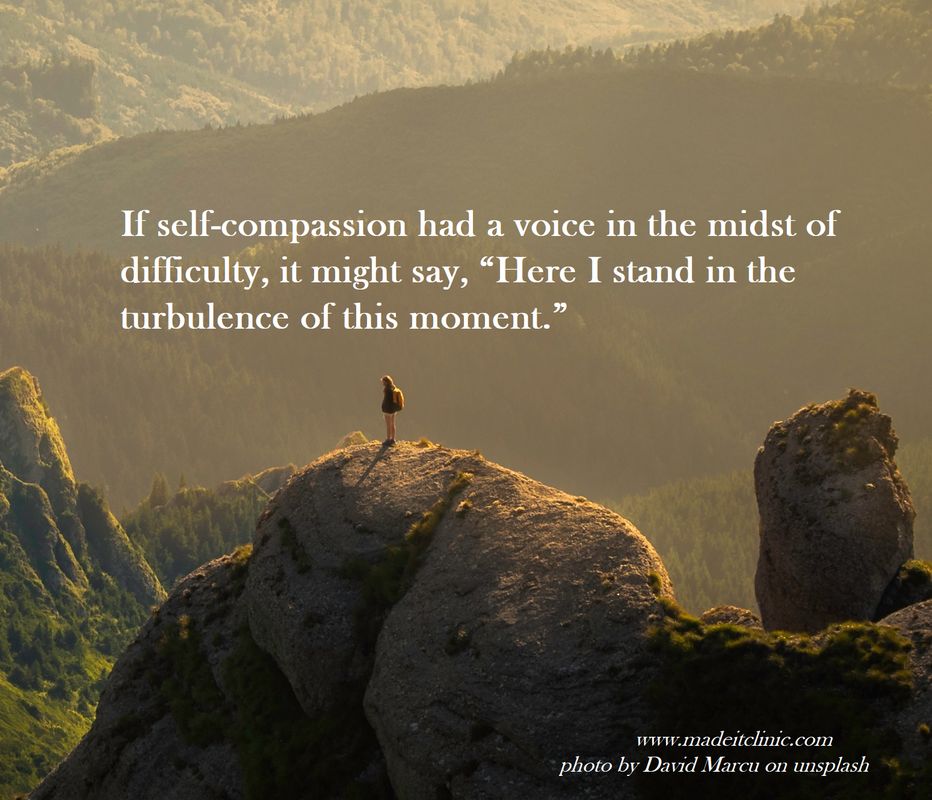
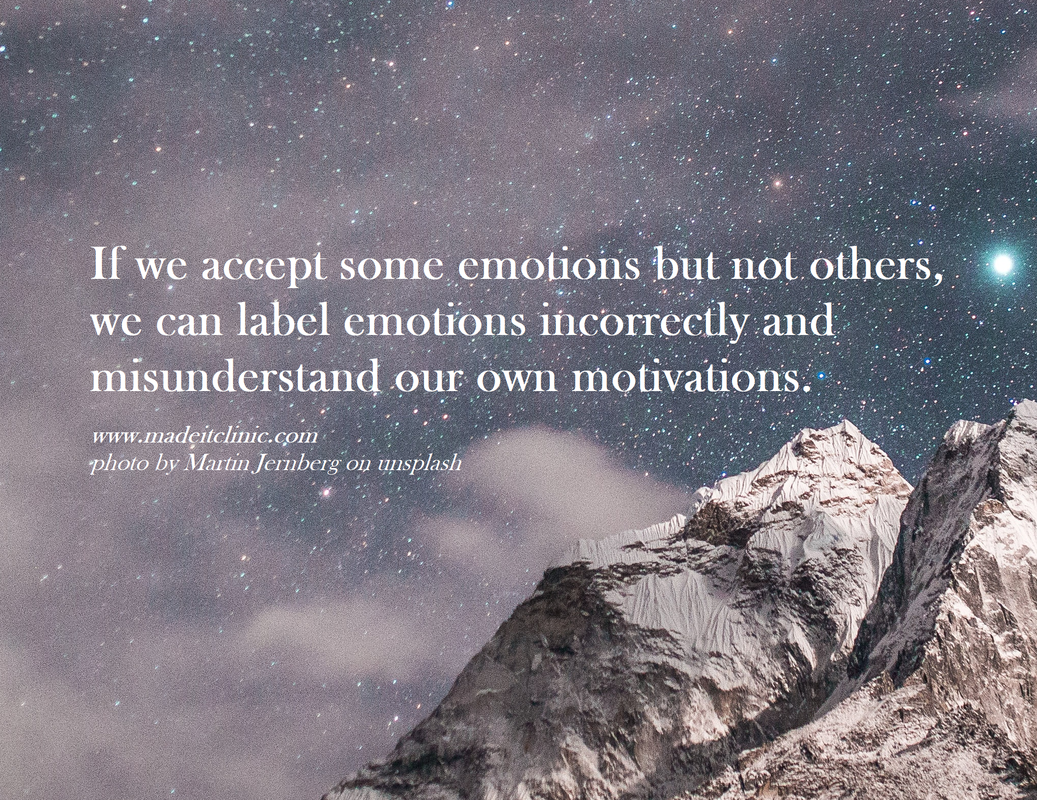
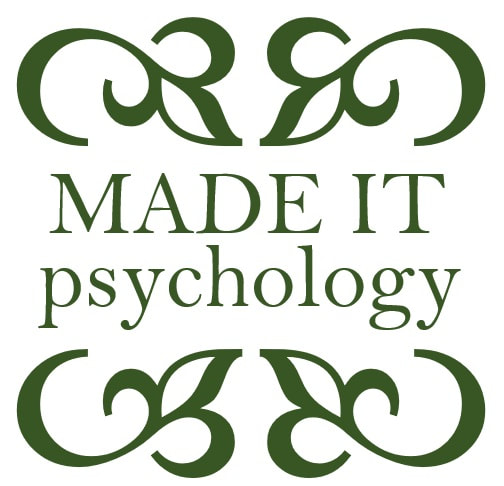
 RSS Feed
RSS Feed